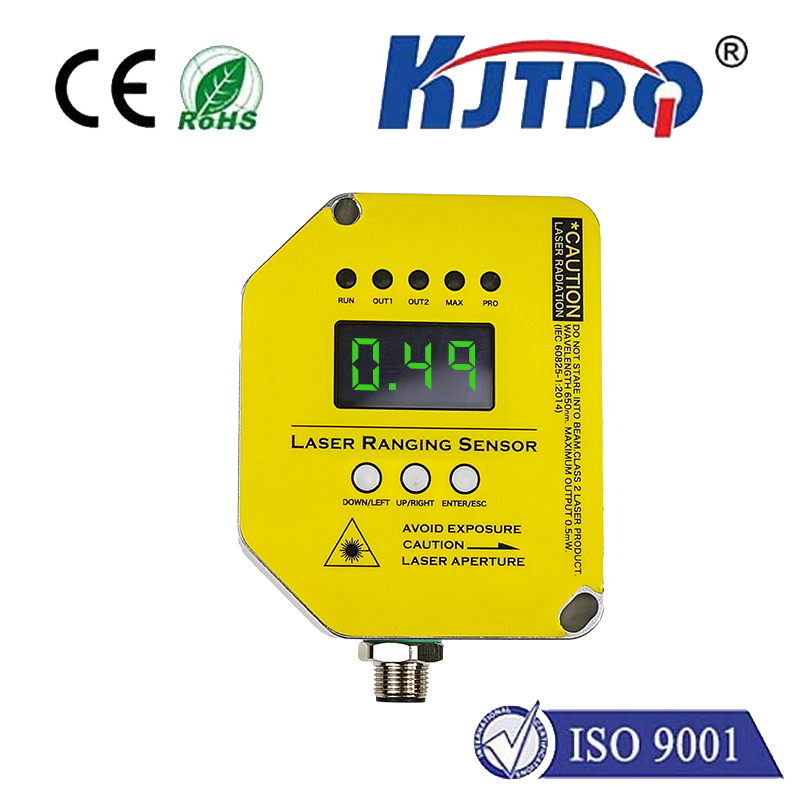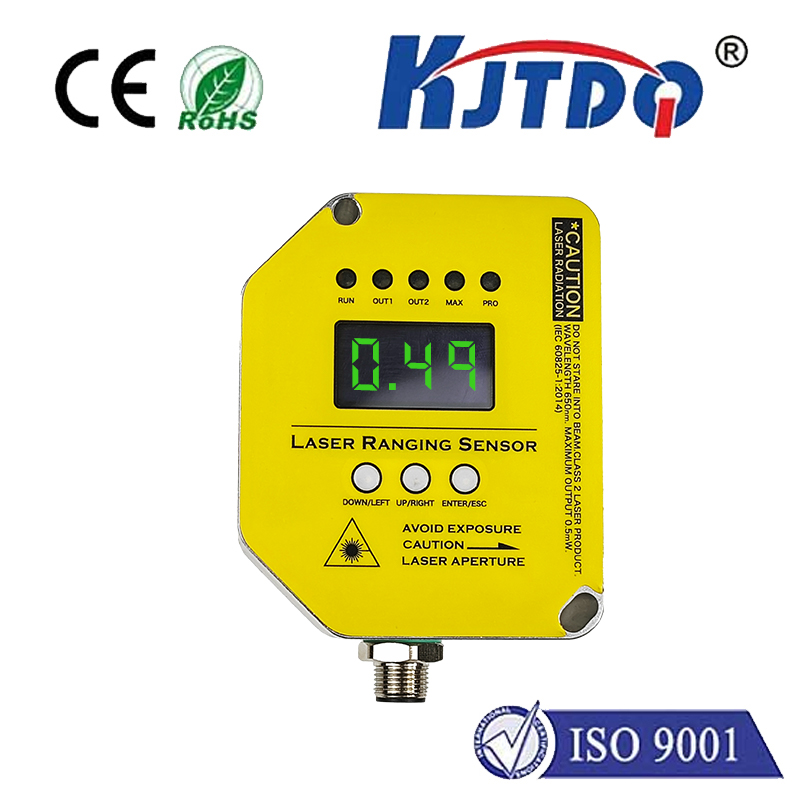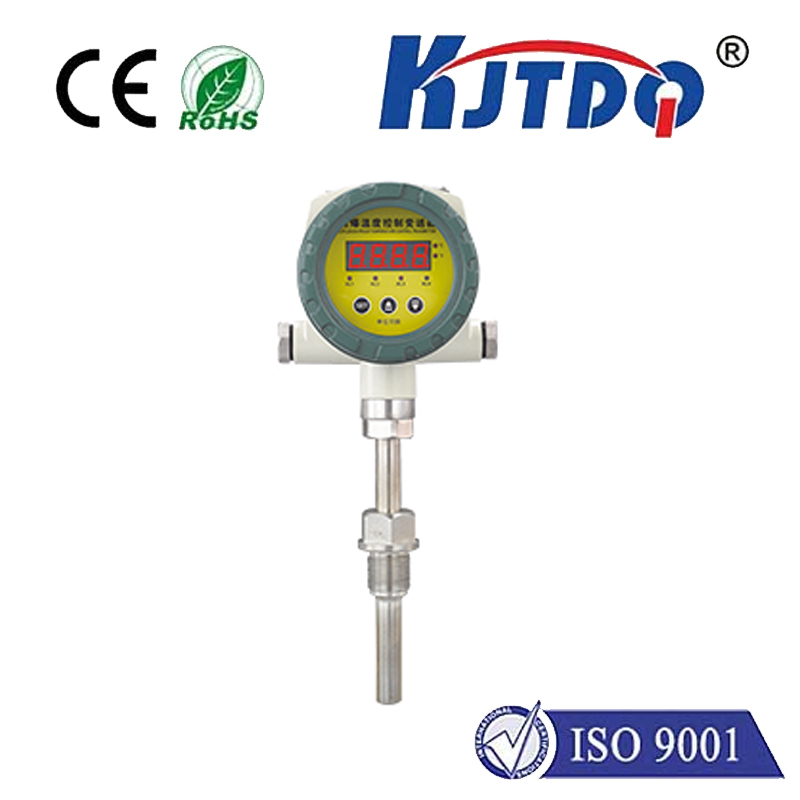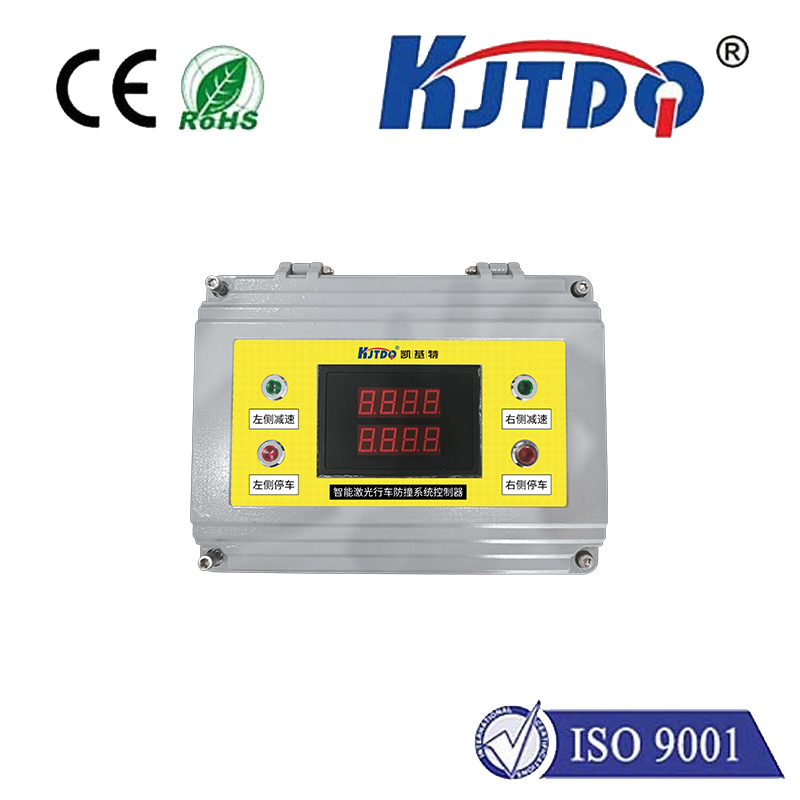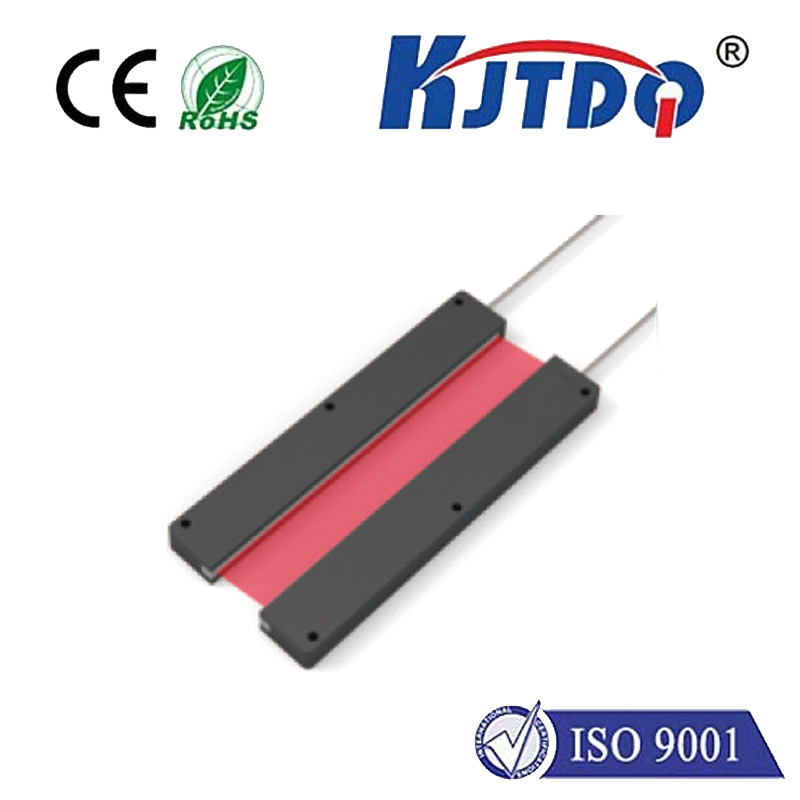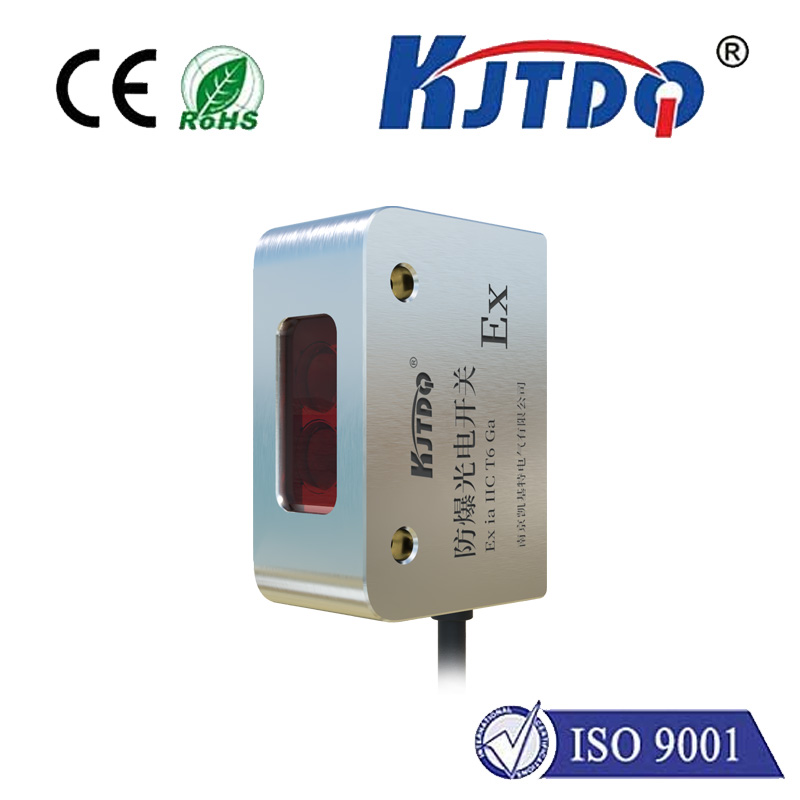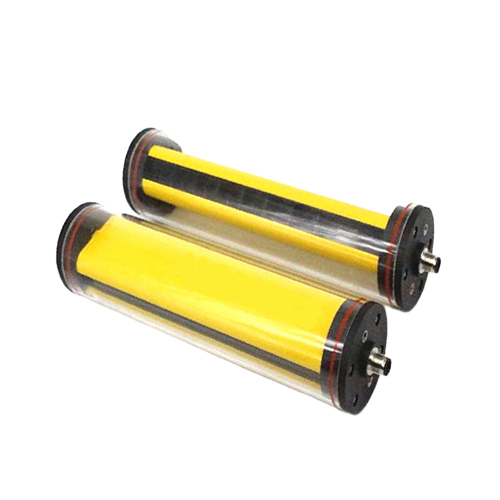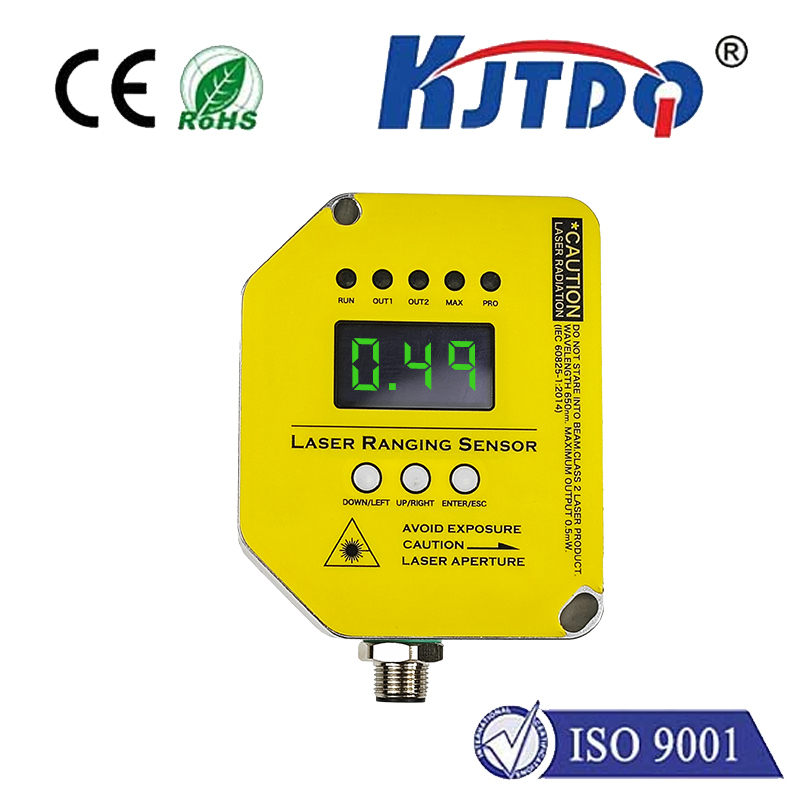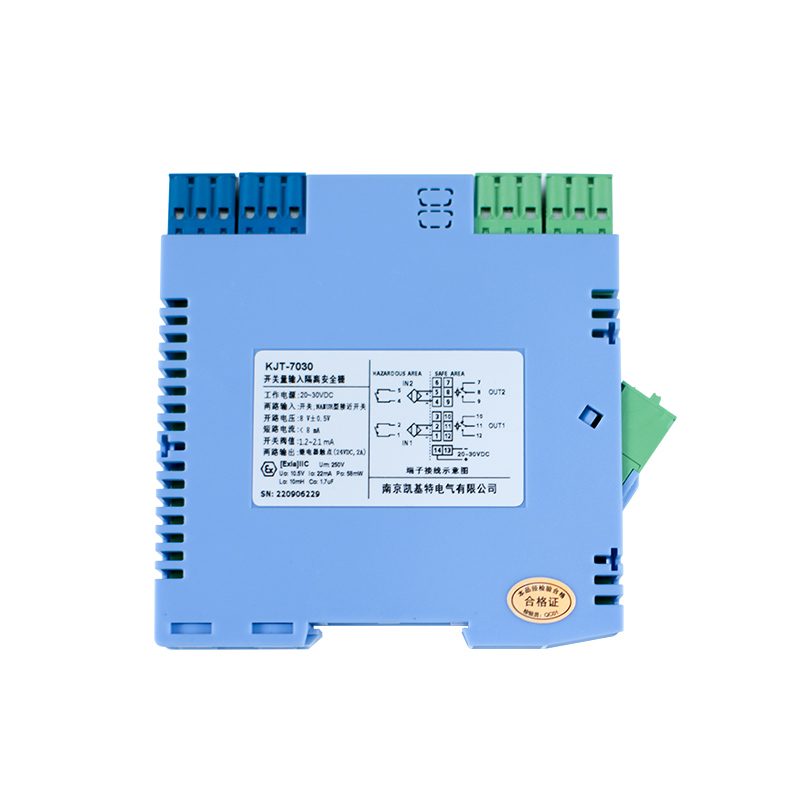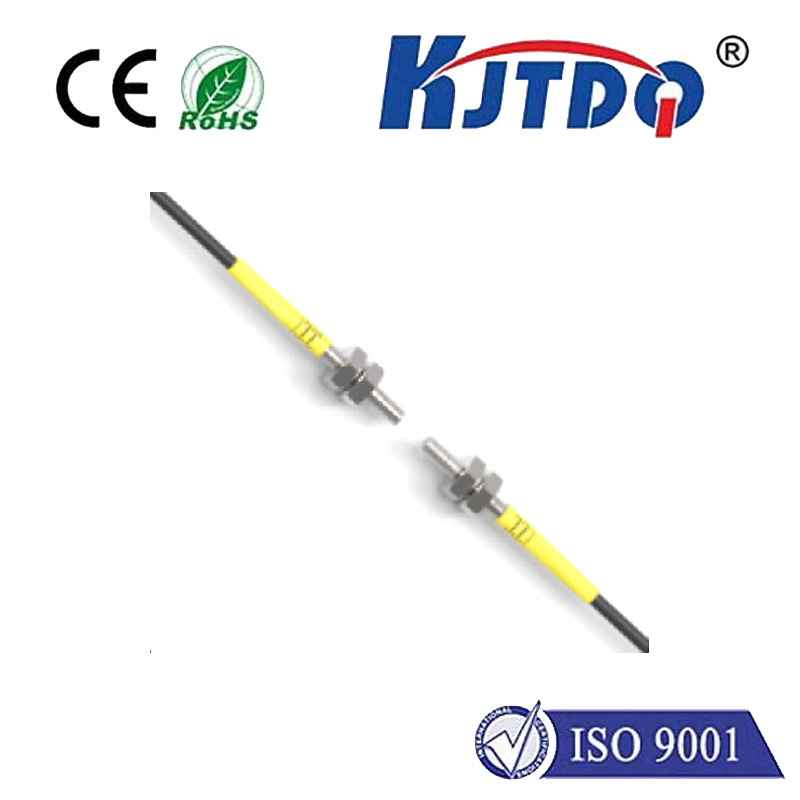

check

check

check

check

check

check

check

check

check

check
Title: Limit Switch, Adjustable Roller Lever: The Ultimate Control Mechanism for Industrial Automation
The world of industrial automation has witnessed a significant transformation in recent years with the emergence of advanced control mechanisms. Among these, limit switches and adjustable roller levers have emerged as game-changers in terms of their functionality, reliability, and ease of use. In this article, we will delve into the intricate workings of these two control devices and how they are revolutionizing the manufacturing industry.
Introduction:
Limit switches and adjustable roller levers are two critical components that play a pivotal role in ensuring the smooth functioning of industrial machinery. These devices work together to provide precise control over machine movement and ensure optimal performance. In this article, we will explore the unique features and benefits of these control mechanisms.
Section 1: Limit Switches
A limit switch is a mechanical device that detects the presence or absence of an object or limit. It is designed to interrupt the flow of power to a machine when it reaches a specific point or exceeds a certain threshold. The primary function of a limit switch is to provide protection against damage to the machine and operator by stopping the machine's movement when it comes into contact with an obstacle or reaches a predetermined position.
There are various types of limit switches available, including magnetic, photoelectric, and hydraulic limit switches. Each type offers its unique advantages depending on the application requirements. For example, magnetic limit switches are commonly used in applications where high precision and quick response times are required, while photoelectric limit switches excel in detecting small obstacles within a confined space.
Section 2: Adjustable Roller Levers
An adjustable roller lever is a type of mechanical switch that uses a spring-loaded mechanism to control the motion of a machine. It consists of a movable roller that can be positioned at different points along its length, allowing for precise control over machine movement. The roller can be adjusted to fit the desired position, ensuring optimal performance and reducing the risk of damage to the machine.
Adjustable roller levers offer several benefits over traditional mechanical switches. They are highly versatile and can be used in a wide range of applications, from simple machines to complex machinery with multiple moving parts. Additionally, they are more durable than traditional switches, thanks to their spring-loaded design, which provides better shock resistance and prevents wear and tear.
Section 3: Integration of Limit Switches and Adjustable Roller Levers
The integration of limit switches and adjustable roller levers offers several advantages over using either component individually. By combining both devices, manufacturers can achieve even greater precision and control over machine movement. For example, a limit switch can be used to detect when the machine has reached its destination and automatically activates an adjustable roller lever to bring it to a safe stop. This ensures that the machine stops smoothly and without any jerking or sudden movements, preventing damage to both the machine and operator.
In addition to improved safety, integration of limit switches and adjustable roller levers also leads to increased efficiency and productivity in manufacturing processes. By providing real-time monitoring and control over machine movement, operators can quickly identify and address any issues that may arise, leading to reduced downtime and improved output quality.
Conclusion:
In conclusion, limit switches and adjustable roller levers are essential components in modern industrial automation systems. Their precise detection and control capabilities provide superior protection against machine damage and operator injury. By integrating these devices, manufacturers can achieve even greater levels of efficiency and productivity, leading to improved overall operations and cost savings. As the manufacturing industry continues to evolve, it is likely that we will see further advancements in these control mechanisms, further enhancing their functionality and capabilities.
